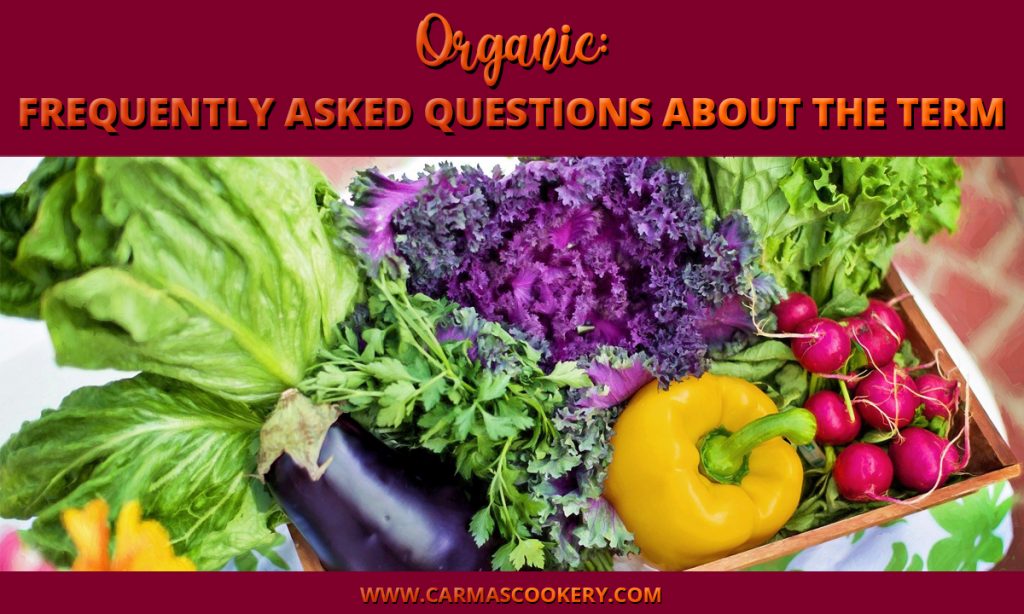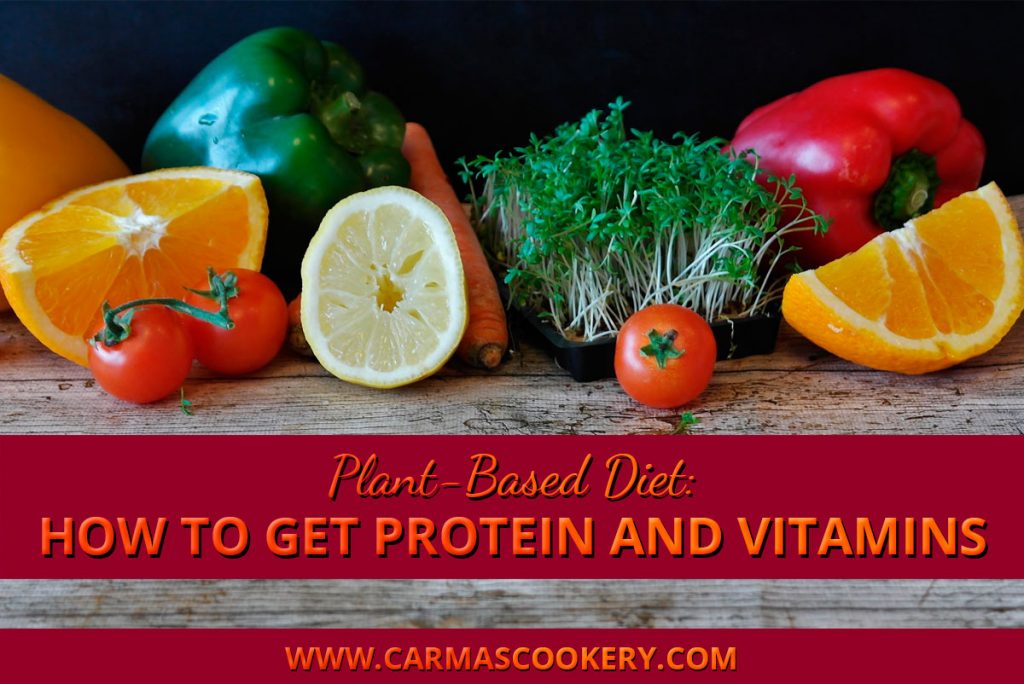If you follow social media, you may get the impression that the whole world is vegan now. Celebrities and influencers advocate online about their plant-based diets and how great they make them feel. Meat, it seems, is evil, and its health value is in doubt. But are humans designed to be herbivores, eating only fruit, vegetables, and grains? Tooth marks on fossilized animal bones suggest that meat-eating has been around for at least 2.6 million years, so why should you stop now?
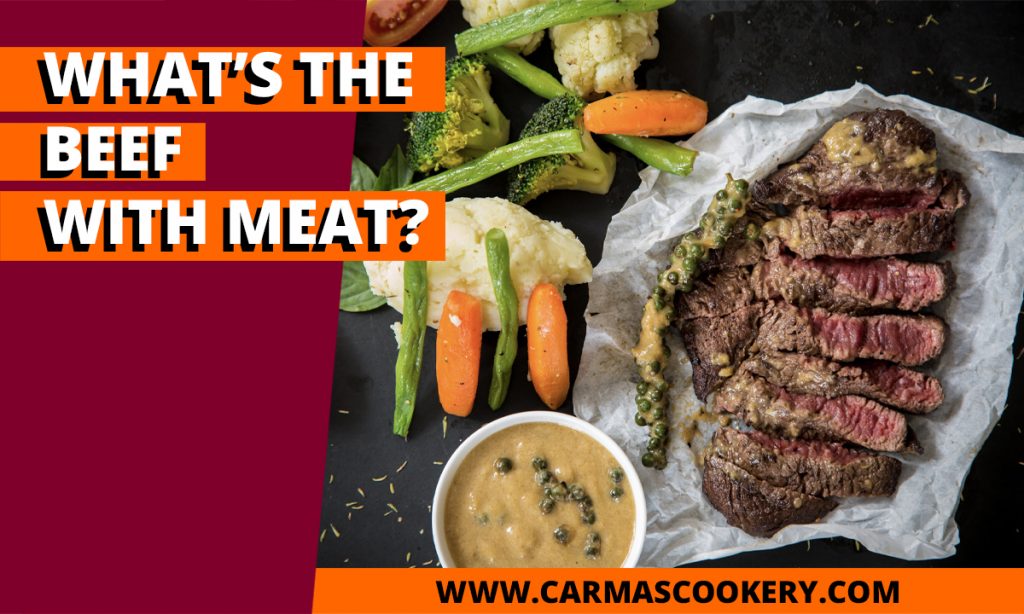
Of course, vegetables and fruits are delicious and healthy. Where would you be without your crunchy salads, tomato pasta sauces, baked potatoes, and cherry pie? There are certainly some fantastic vegetarian recipes available out there. Eating more of them is a great way to ensure that you get all the vitamins, minerals, and roughage you need. Unfortunately, research suggests that most people in Western societies eat far too little plant-based food, with only one in 10 Americans consuming as much as health experts recommend. But does that mean that you should abandon meat-eating altogether?
In fact, lean red meat, poultry, and fish also contain plenty of important nutrients that are essential for health. For example, eating meat — white or red — is the easiest way to boost your iron stores to prevent anemia. Meat is also full of zinc which is necessary for your immune system, vitamin B12 for your nervous system, and lots of other goodies. In fact, far from making you put on weight, protein from good quality meat is an efficient food for building muscle, not fat.
In addition, some people don’t do well on vegetarian and vegan diets. I had a friend in college who got anemic when she went vegan. Her doctor ordered her to eat red meat. Other people I know can’t digest red meat well at all. We all have different metabolic needs, and so need to listen to what our bodies want more than what some Instagram influencer says we should do.
Selecting the Best Meat to Eat
So, if meat is on the menu, try to buy the best lean cuts that you can afford. Farmers’ markets are a great place to find fresh, high-quality food. You can often find local producers there. Food that hasn’t traveled very far by the time it reaches your fridge is far more environmentally friendly than food shipped in from miles away.
Make sure the meat is at its freshest by checking the color — red meat should be an attractive dark pink, while poultry can vary from pale to golden depending on the food that the bird has eaten. If possible, you should touch the meat to make sure that it is dense and springy. Any suspicion of a slimy texture is a no-no!
The smell is also very important — one sniff and you will know whether the cut is fresh or not! Unfortunately, you may find that farmers’ markets in your area have been affected by the pandemic. Still, you can always buy gourmet meats online from companies that will do all the choosing for you.
By all means, have a meat-free Monday now and then to ensure that your family eats a wide range of vegetables, but you don’t need to ditch the steak altogether. Instead, a home-cooked meal with a lean cut of meat protein and a range of tasty side vegetables and salads will give you and your family all the nutrients you need.

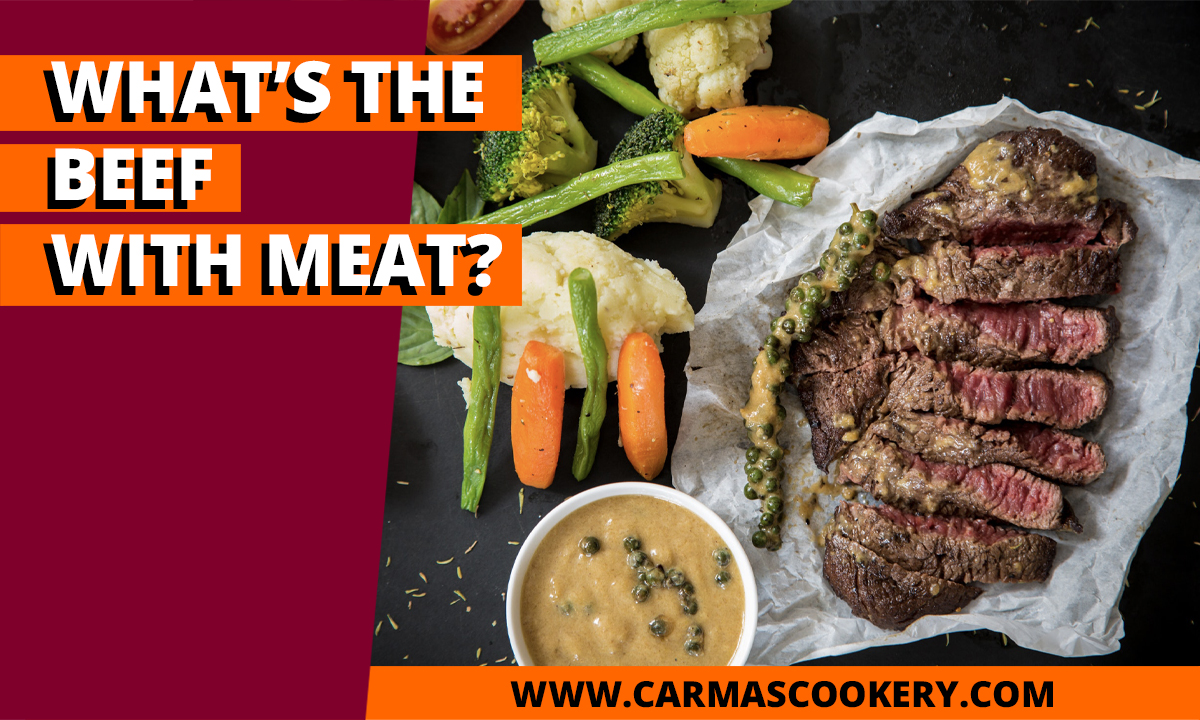
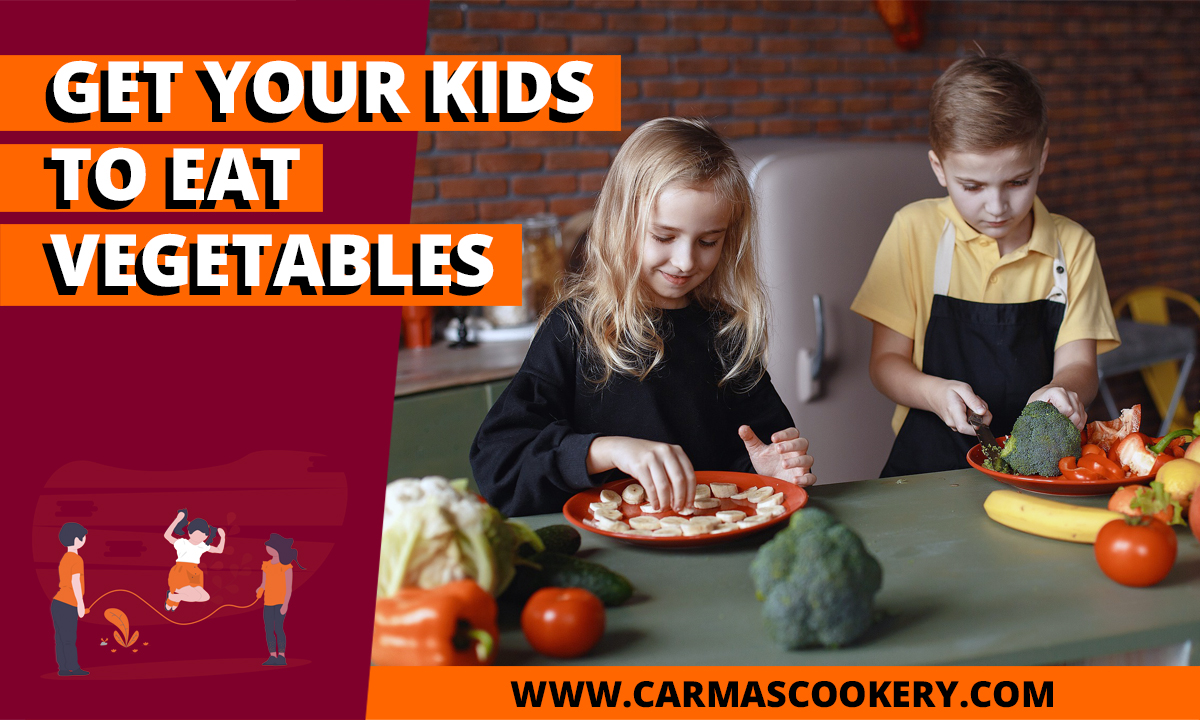
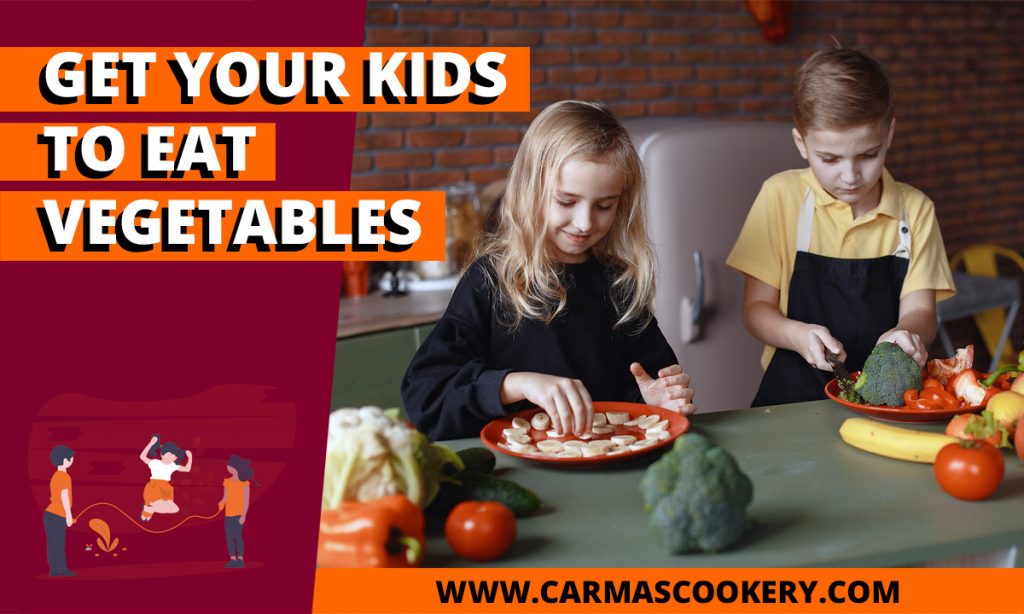
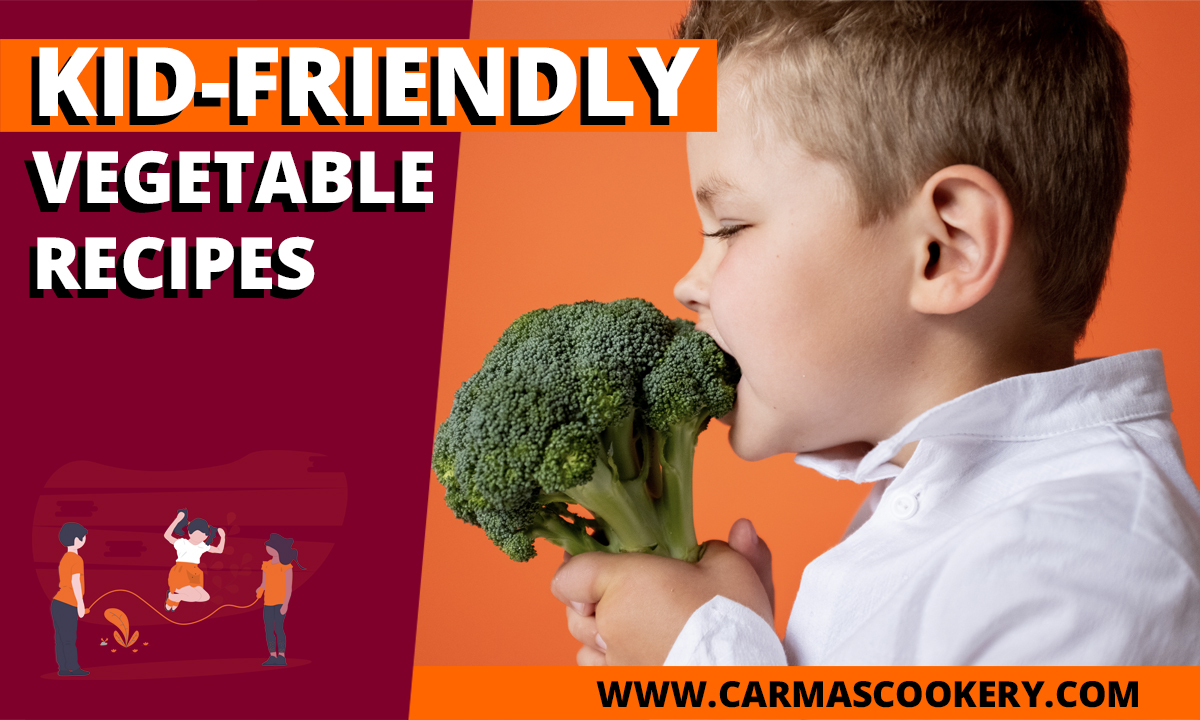
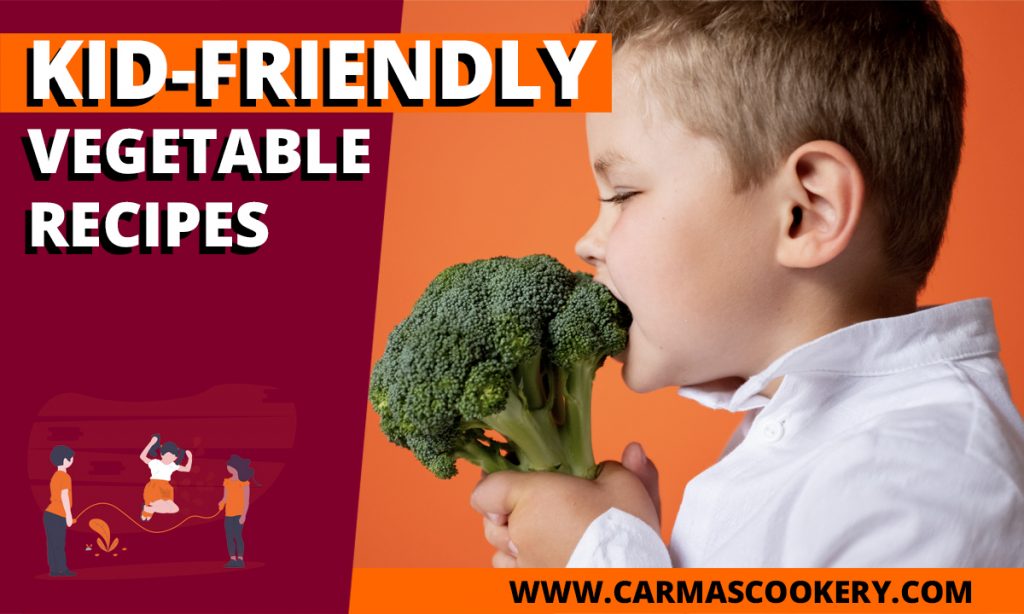



 [/one_third]
[/one_third]



